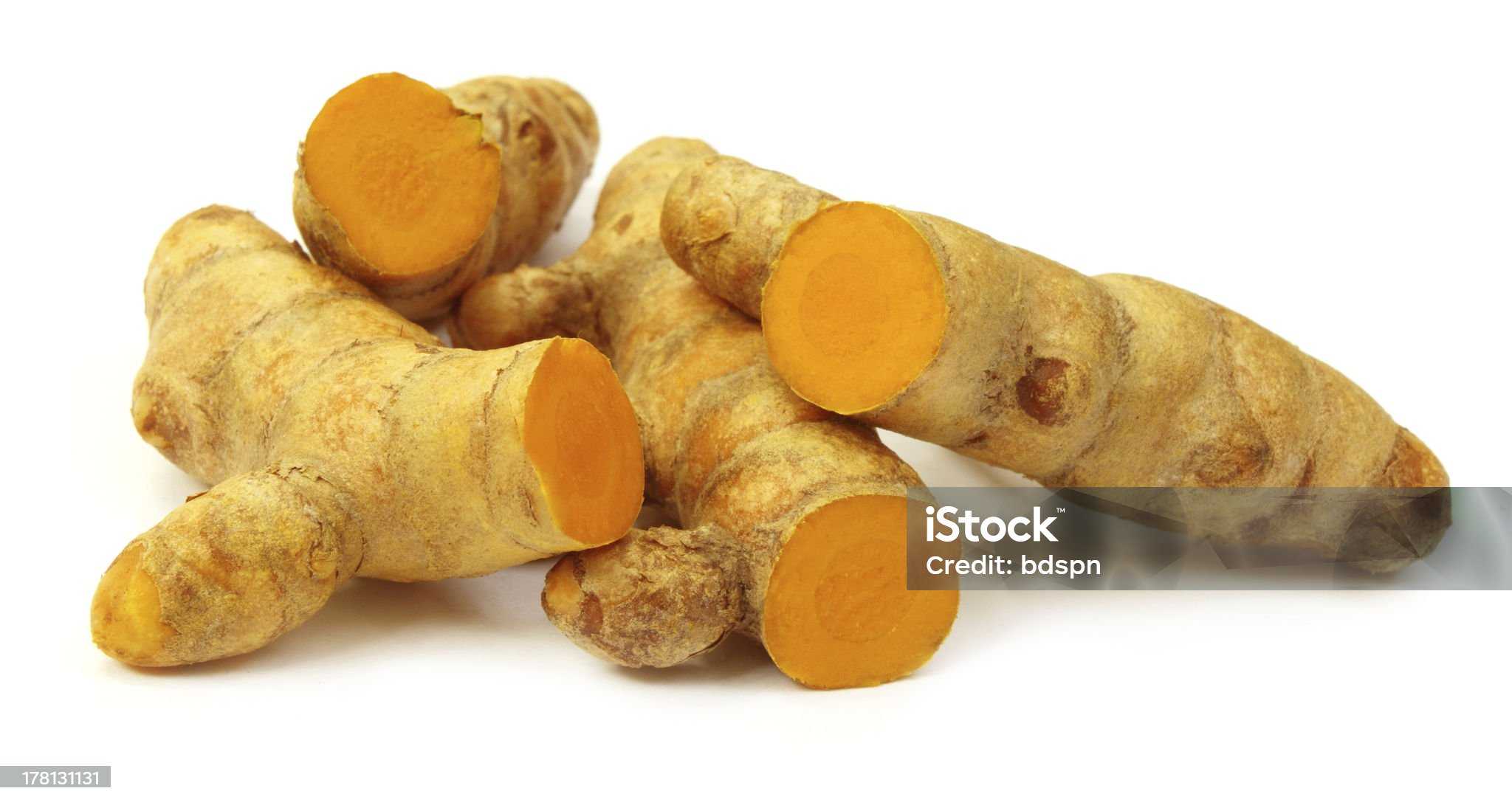What is the History of Turmeric?
Turmeric, the golden colored strongly flavored spice, is having a “moment.” This ancient spice, celebrated for centuries as both food and medicine, has resurfaced within the health and nutrition communities thanks to curcumin, the healing substance which supplies its vibrant color. Curcumin has significant anti-inflammatory properties that are said to rival those found in ibuprofen. Unlike over-the-counter drugs, turmeric has no toxic effects on the body. Curcumins powerful antioxidant advantages have been shown to protect healthy cells, particularly those found in the colon, from cancer-causing agents. It aids the body in destroying mutated cancer cells before they have a chance to spread to other areas. Turmeric also helps to lower cholesterol and prevent heart disease. All that, and its tasty too!Turmerics botanical name is Curcuma longa.
The plant reaches barely three feet in height and produces both a flower and a rhizome, or stem that is found underground. The rhizome has an appearance similar to ginger; it is this root-like stem that produces the yellow turmeric spice. Though it can now be found throughout the tropics, India has been the largest producer of turmeric since ancient times.In Indian culture, the importance of turmeric goes far beyond medicine.
The Hindu religion sees turmeric as auspicious and sacred. There is a wedding day tradition in which a string, dyed yellow with turmeric paste, is tied around the brides neck by her groom. This necklace, known as a mangala sutra, indicates that the woman is married and capable of running a household. The tradition still continues in Hindu communities and has been compared to the Western exchange of wedding rings. In parts of southern India, a piece of the turmeric rhizome is worn as an amulet for protection against evil spirits.
